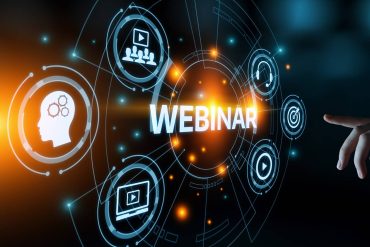
Earthquake Engineering, Instrumentation, KMIDam
Featuring Dr. André Alegre, Kinemetrics, Inc.
Dams are high potential risk infrastructures, designed to operate safely for many decades and to withstand exceptional loads. However, during their long lifespan, the structural condition can be affected by progressive deterioration or by earthquakes, leading to a loss of serviceability or even compromising structural integrity. The implementation of comprehensive monitoring for these critical structures is indispensable to allow for reliable observation and assessment of dam behavior in the long term, under normal operating conditions, and during exceptional events, such as earthquakes.
KMIDam is a complete dam management platform that combines Kinemetrics’ world-class instrumentation, ensuring maximum data return and unmatched reliability, and a high-end data center powered by advanced software tools for real-time seismic monitoring and alerting, automated event reporting, long-term structural health monitoring, and digital twinning.
In this session, Dr. André Alegre will explain how continuous access to actionable information through the KMIDam Platform facilitates long-term structural health monitoring, routine operations, and dam performance assessments during earthquake events. This presentation will demonstrate how enabling data-driven, informed decision-making ensures safe and compliant day-to-day operations and efficient emergency response management.
This webinar and Q&A session is a must for dam operators, engineers, and anyone interested in a detailed conversation about how breakthroughs made during real-world dam monitoring projects have advanced technology and influenced the state-of-the-art KMIDam Platform.
